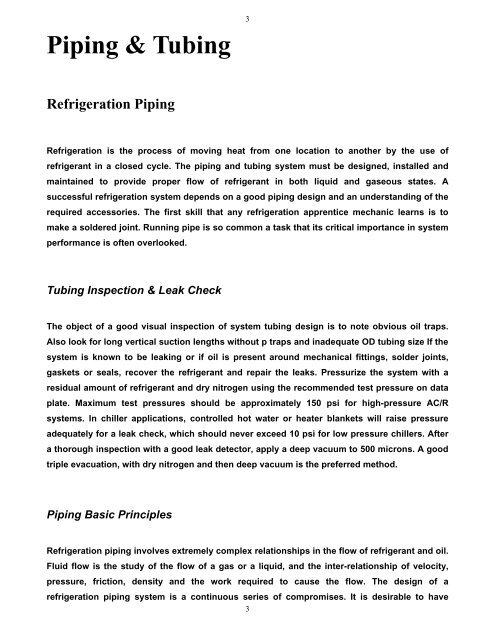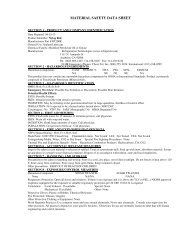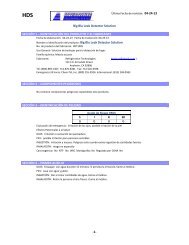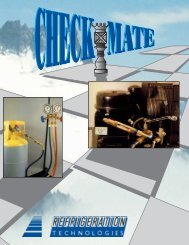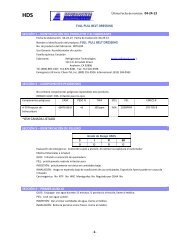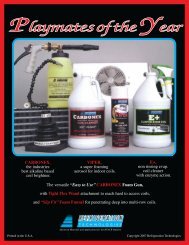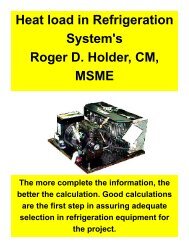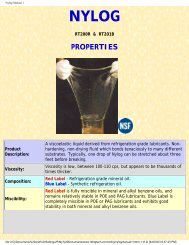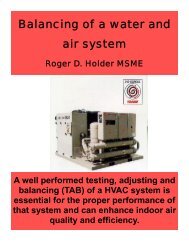Refrigeration Piping Charging Residential AirConditioning R
Refrigeration Piping Charging Residential AirConditioning R
Refrigeration Piping Charging Residential AirConditioning R
Create successful ePaper yourself
Turn your PDF publications into a flip-book with our unique Google optimized e-Paper software.
<strong>Piping</strong> & Tubing<br />
3<br />
<strong>Refrigeration</strong> <strong>Piping</strong><br />
<strong>Refrigeration</strong> is the process of moving heat from one location to another by the use of<br />
refrigerant in a closed cycle. The piping and tubing system must be designed, installed and<br />
maintained to provide proper flow of refrigerant in both liquid and gaseous states. A<br />
successful refrigeration system depends on a good piping design and an understanding of the<br />
required accessories. The first skill that any refrigeration apprentice mechanic learns is to<br />
make a soldered joint. Running pipe is so common a task that its critical importance in system<br />
performance is often overlooked.<br />
Tubing Inspection & Leak Check<br />
The object of a good visual inspection of system tubing design is to note obvious oil traps.<br />
Also look for long vertical suction lengths without p traps and inadequate OD tubing size If the<br />
system is known to be leaking or if oil is present around mechanical fittings, solder joints,<br />
gaskets or seals, recover the refrigerant and repair the leaks. Pressurize the system with a<br />
residual amount of refrigerant and dry nitrogen using the recommended test pressure on data<br />
plate. Maximum test pressures should be approximately 150 psi for high-pressure AC/R<br />
systems. In chiller applications, controlled hot water or heater blankets will raise pressure<br />
adequately for a leak check, which should never exceed 10 psi for low pressure chillers. After<br />
a thorough inspection with a good leak detector, apply a deep vacuum to 500 microns. A good<br />
triple evacuation, with dry nitrogen and then deep vacuum is the preferred method.<br />
<strong>Piping</strong> Basic Principles<br />
<strong>Refrigeration</strong> piping involves extremely complex relationships in the flow of refrigerant and oil.<br />
Fluid flow is the study of the flow of a gas or a liquid, and the inter-relationship of velocity,<br />
pressure, friction, density and the work required to cause the flow. The design of a<br />
refrigeration piping system is a continuous series of compromises. It is desirable to have<br />
3


